Yunushi Ichijo was founded by Chokichi Ichijo, a samurai from Kyoto serving under Yoshimoto Imagawa. After losing the Battle of Okehazama, he and Yoshimoto Imagawa came to Kamasaki Onsen to heal their injuries. According to legend, Chokichi’s battle wounds healed the very next day after bathing in the springs here. Chokichi was so impressed by the healing power of the waters of Kamasaki Onsen that he decided to remain in the area to start his own hot springs inn.
Kamasaki Onsen
Yunushi Ichijo
時音の宿 湯主一條 / Yunushi Ichijo
Luxury hot springs inn with exceptional cuisine and service
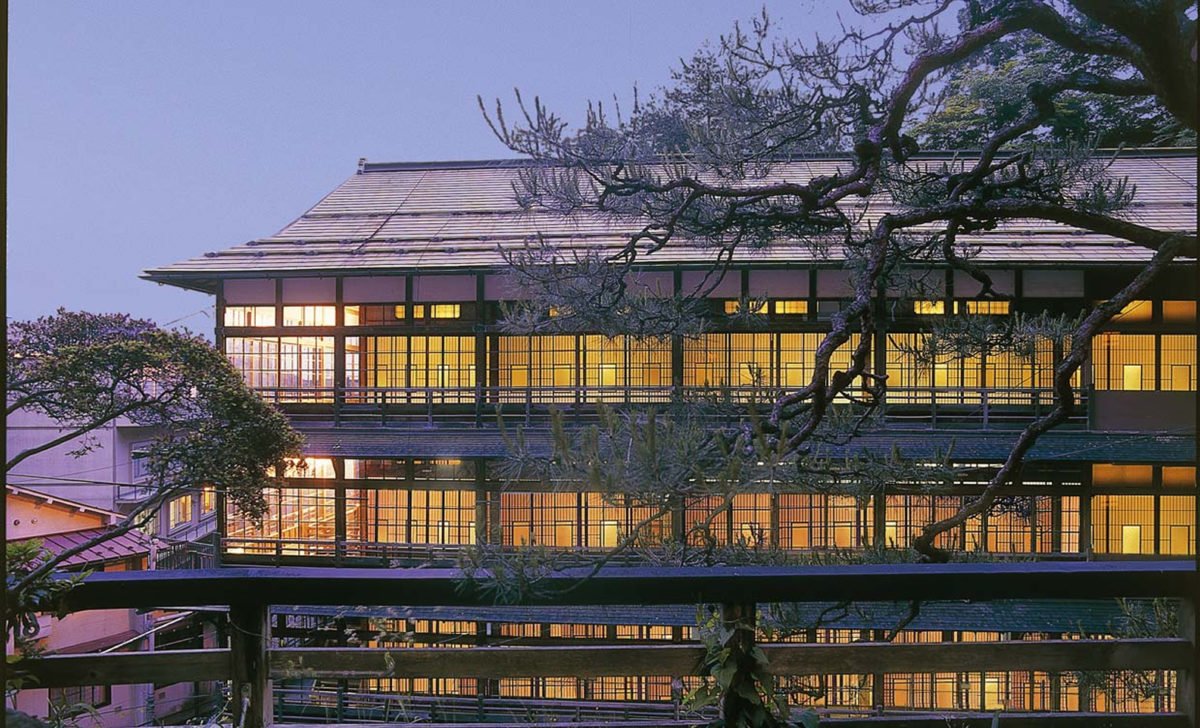
Photo by Yunushi Ichijo
Photo by Yunushi Ichijo
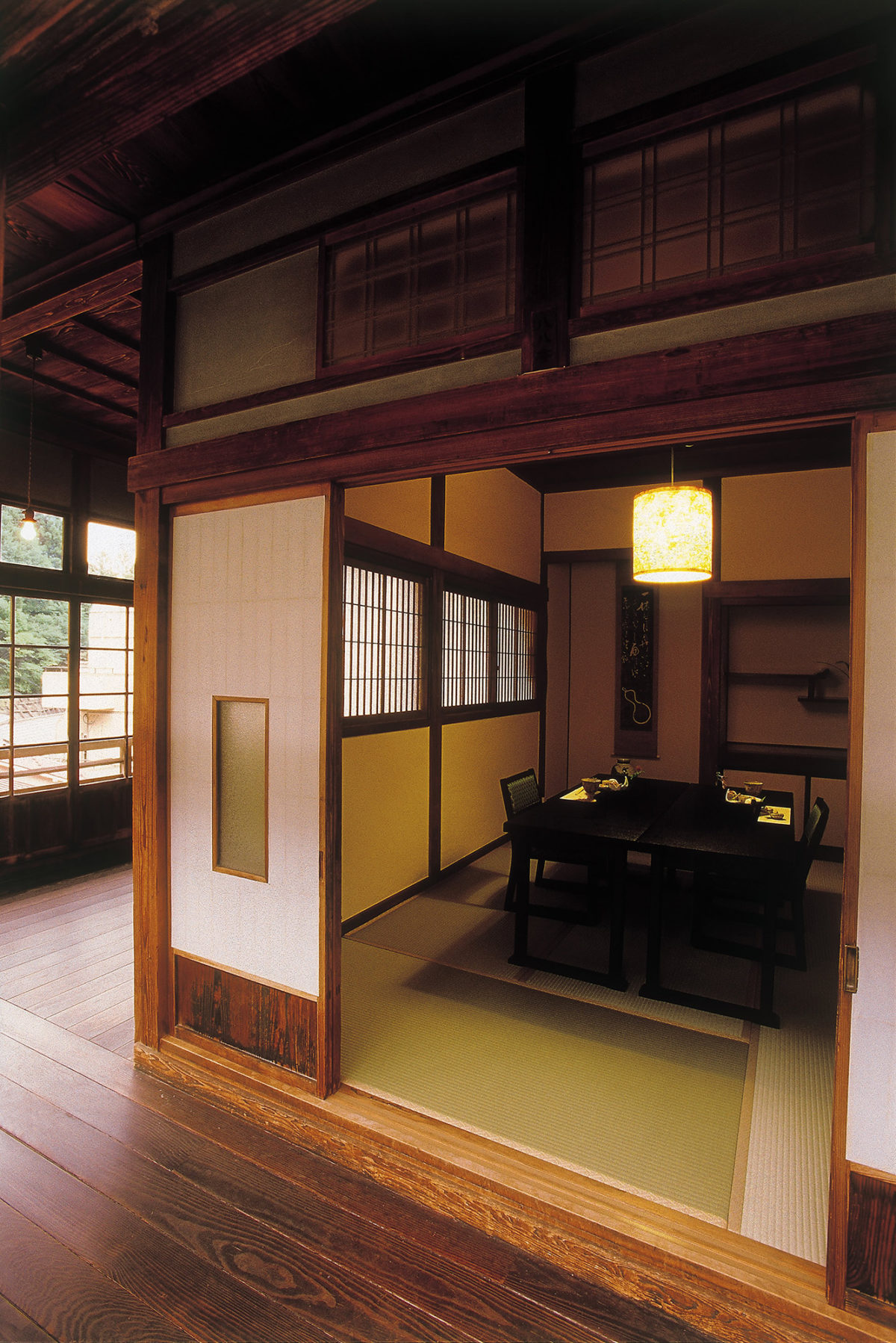
Photo by Yunushi Ichijo
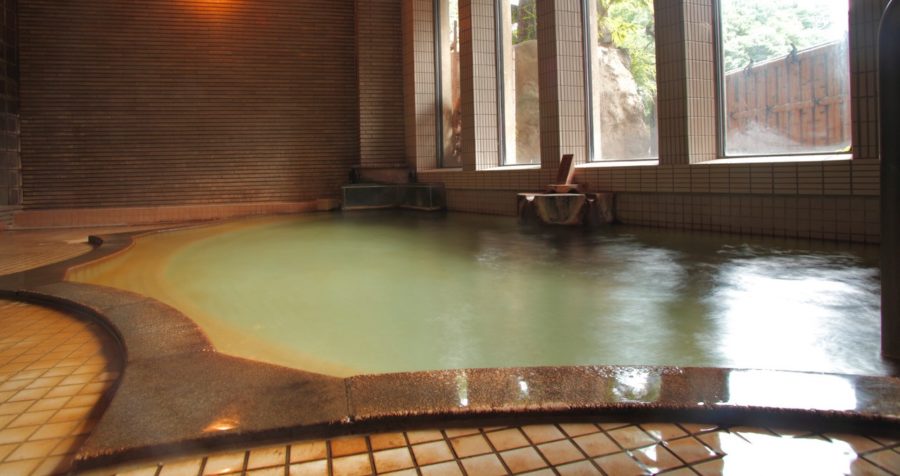
Photo by Yunushi Ichijo
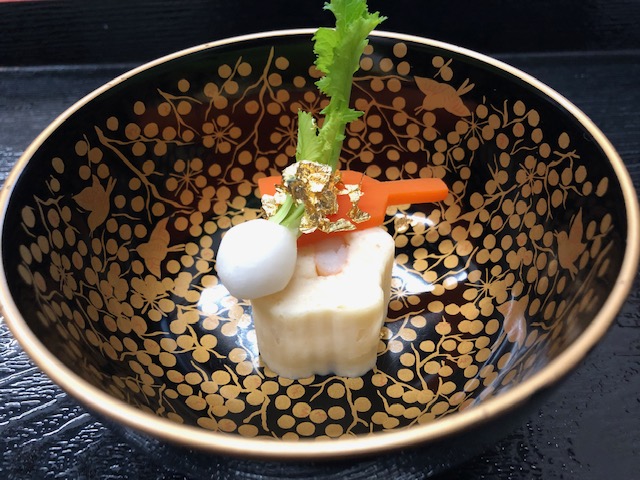
-
Yunushi Ichijo is a luxury hot springs inn that has just the right combination of traditional Japanese charm and modern comfort, a place to indulge in pleasures that heal. It is over five hundred years old, the oldest inn in the Kamasaki Onsen area. Throughout its history, the inn has remained family owned, and is currently run by twentieth-generation president Ippei Ichijo.
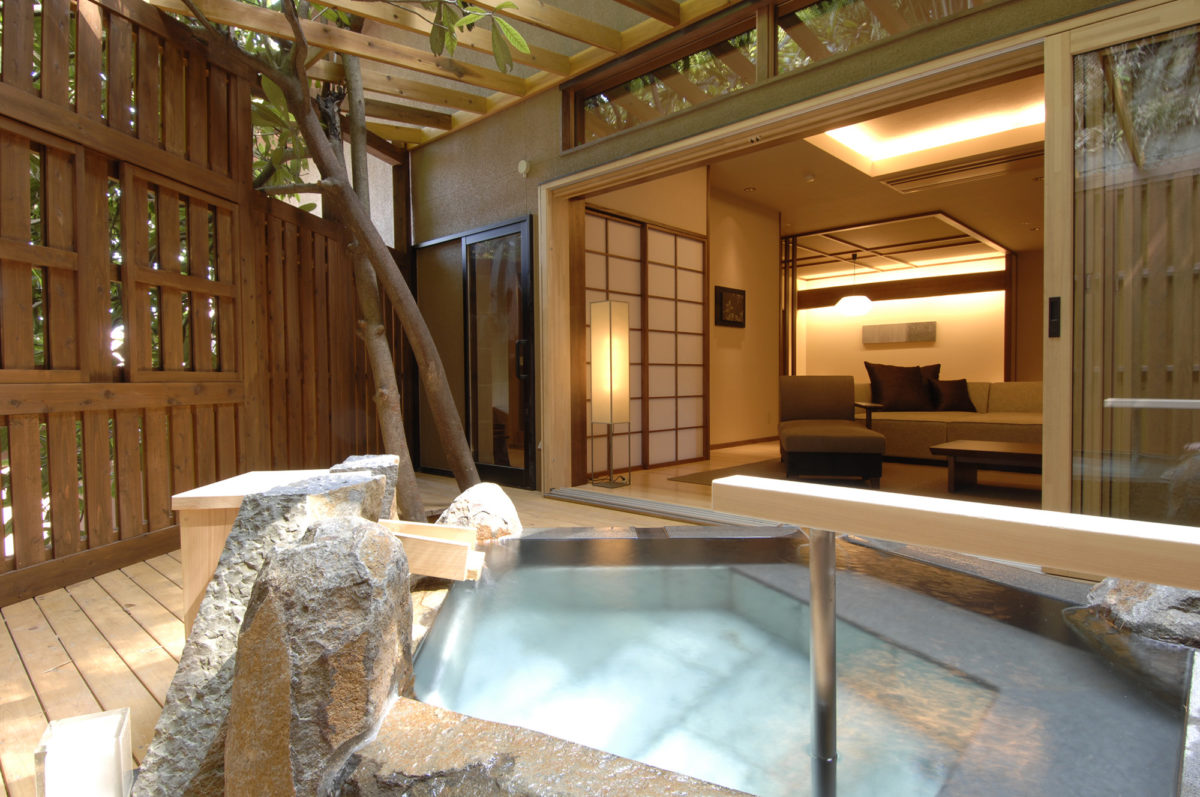
Owing to its long history, Ichijo is home to two historic buildings designated National Tangible Cultural Properties. One is a kura storehouse; the other is the honkan, a four-story architectural masterpiece of wood and glass built by professional shrine carpenters without the use of nails. The honkan now houses the guest dining rooms, providing a private dining room for each guest or group.
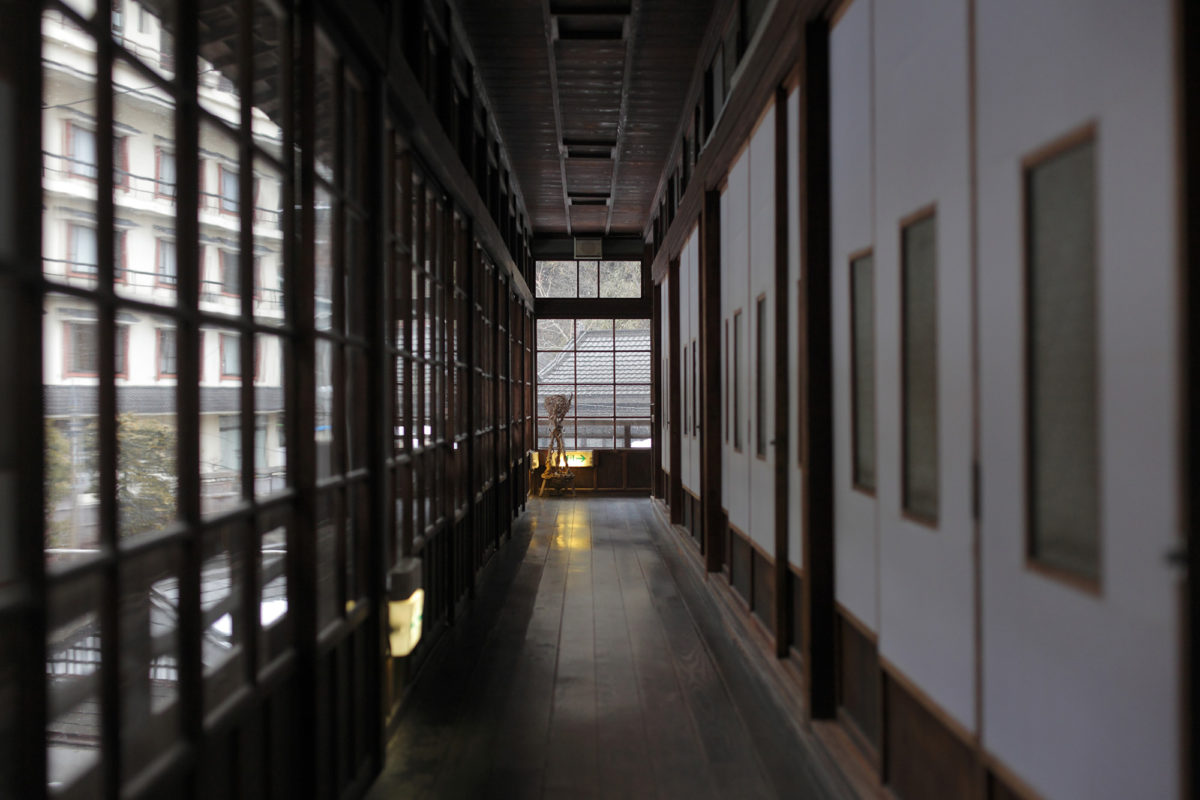
The guest rooms themselves are housed in a new building next door, connected to the honkan via a hallway nicknamed Toki no Hashi (lit. “Bridge of Time”). In this way, guests can fully enjoy the authentic traditional beauty of the historic honkan without sacrificing modern comforts. The new building’s guest rooms are spacious and include everything you’d expect of a room at a luxury inn—large windows, en-suite bathrooms, sound systems, and more.
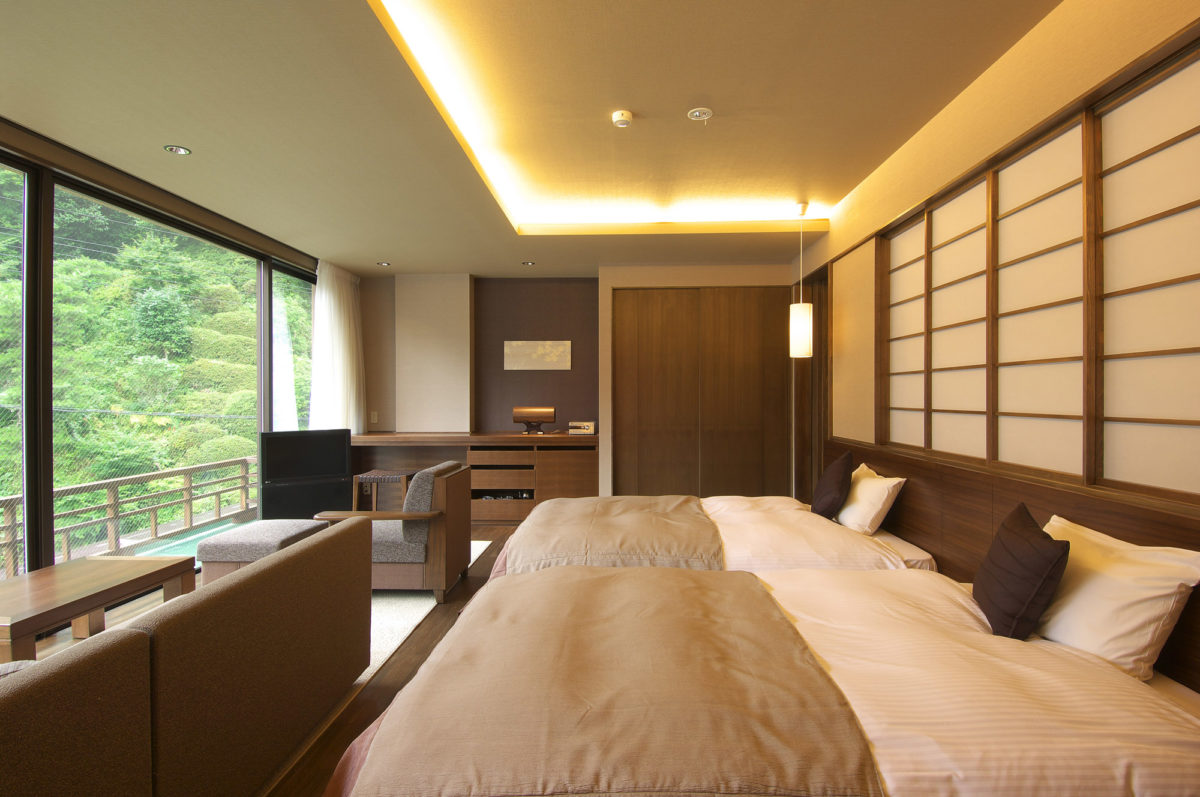
The inn taps two different hot spring sources for its baths. Yakushi no Yu (lit. “Medicinal Hot Spring”), the older of the two, has been in use for around six hundred years and is the water Chokichi bathed in when he first came to Kamasaki Onsen. It is a sodium chloride sulfate spring known for being able to heal wounds, backaches, and chronic skin conditions. The other source was discovered more recently, about ninety years ago. It’s known as a tsuyahada no yu (lit. “lustrous skin hot spring”) for its beautifying effects.
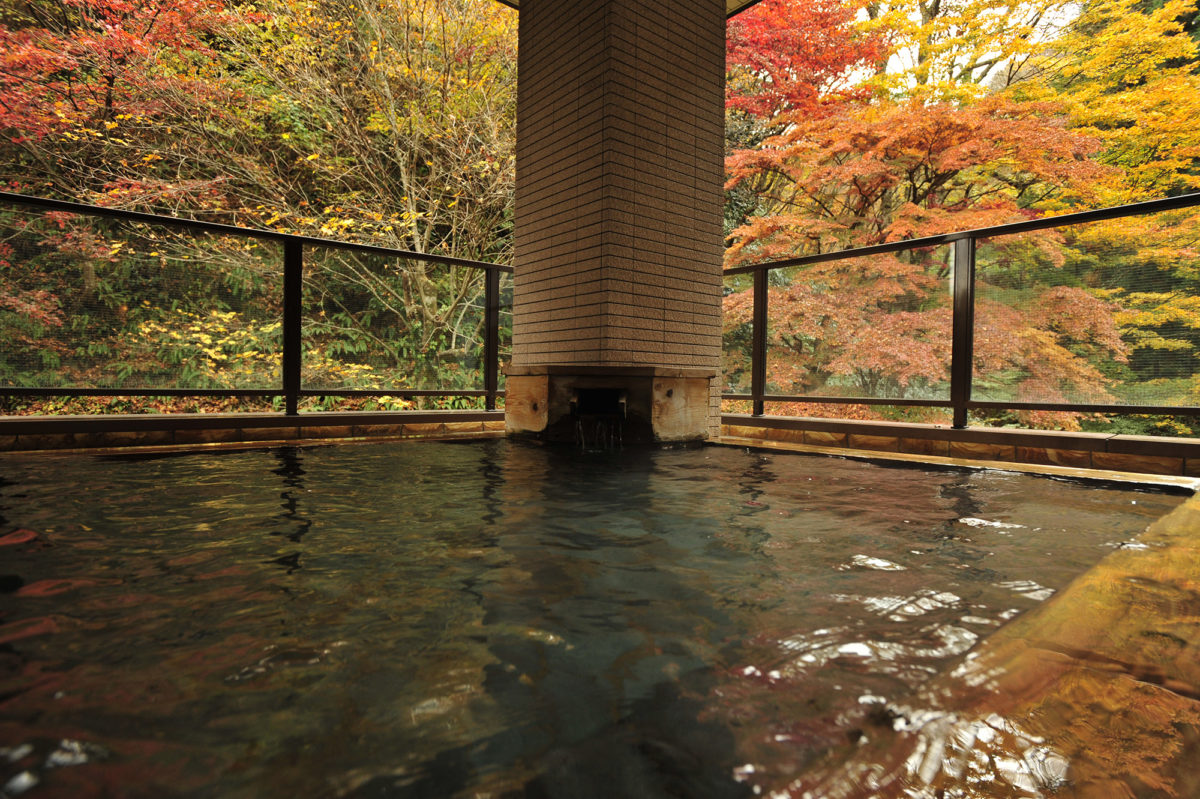
Of all the charms of Yunushi Ichijo, the highlight for me is the food. Head Chef Hideo Sato has earned accolades from prestigious organizations, including the national government. Despite the prestige, the kitchen remains flexible and is willing to plan custom menus to accommodate vegetarians, vegans, and those with food allergies. They serve some of the best vegetarian kaiseki I’ve ever had. Many of the vegetables they serve, and even the rice, is grown on their own farm. Naturally, they also serve fine meat, fish, and beverages, including French champagne and local sake.
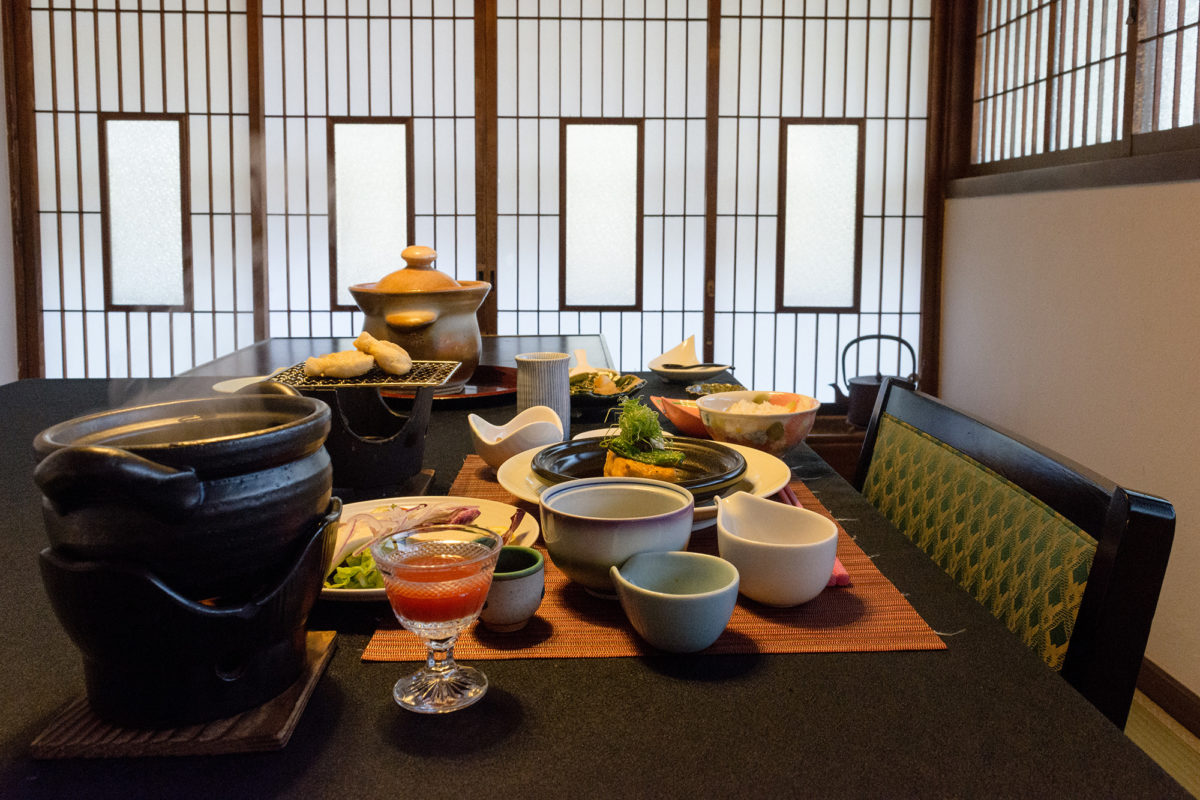
The omotenashi at Yunushi Ichijo is superlative. From the moment you arrive until the moment you say goodbye, you will be treated with attentive yet unobtrusive service that makes a stay here feel much more expensive than it really is. It was during dinner, when my second course arrived, that the staff’s attention to detail really became apparent: though the first-course place setting had been arranged for someone right-handed, without a word, from the second course onward the place setting was rearranged to suit a left-hander. My waiter must have noticed I was left-handed during the first course and adjusted the later place settings accordingly.
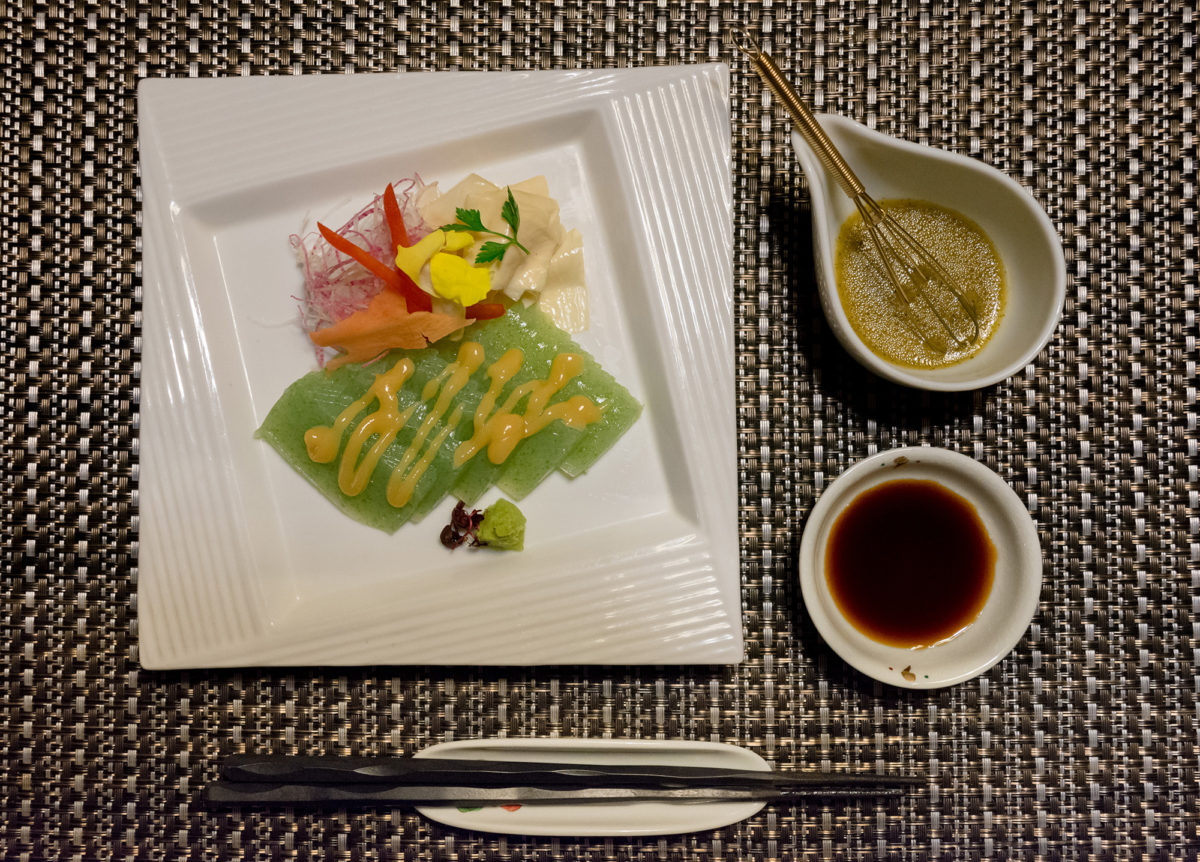
-
Last Update
March 30, 2020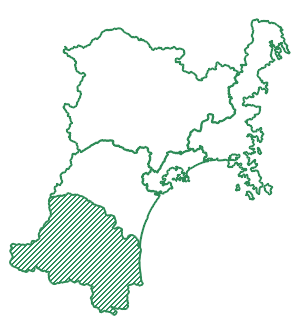
Area Mt. Zao
Details
ADDRESS
Kamazaki 1-48 Fukuokakuramoto, Shiroishi, Miyagi 989-0231
ACCESS BY PUBLIC TRANSIT
15 minutes by free shuttle bus from Shiroishi Station (Tohoku Line) or Shiroishi-Zao Station (Tohoku Shinkansen). The shuttle bus departs from Shiroishi Station at 15:00 and from Shioishi-Zao Station at 15:10. Shuttle bus reservations are required at least 1 day in advance.
CREDIT CARDS
Accepted
LANGUAGES
English
HANDICAP ACCESSIBLE
No
PHONE
0224-26-2151
OFFICIAL URL
ROOMS
2 Western-style, 11 Japanese-style, 11 Japanese-Western-style
CAPACITY
60
ONSEN
Yes
VEGETARIAN/VEGAN
Yes
HALAL
No
FOREIGN-LANGUAGE MENU
Yes, by advance request
Visit Miyagi © 2018 All Rights Reserved.